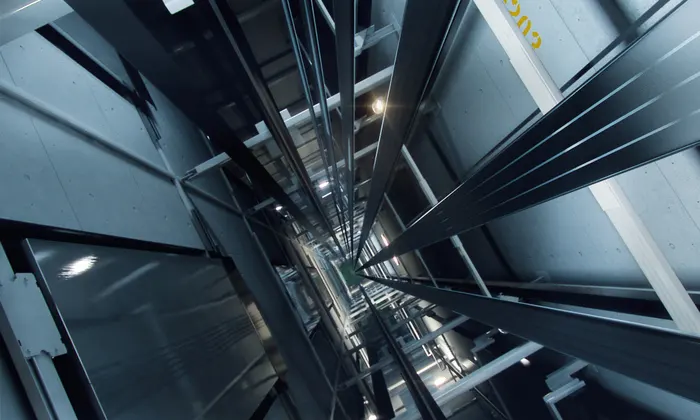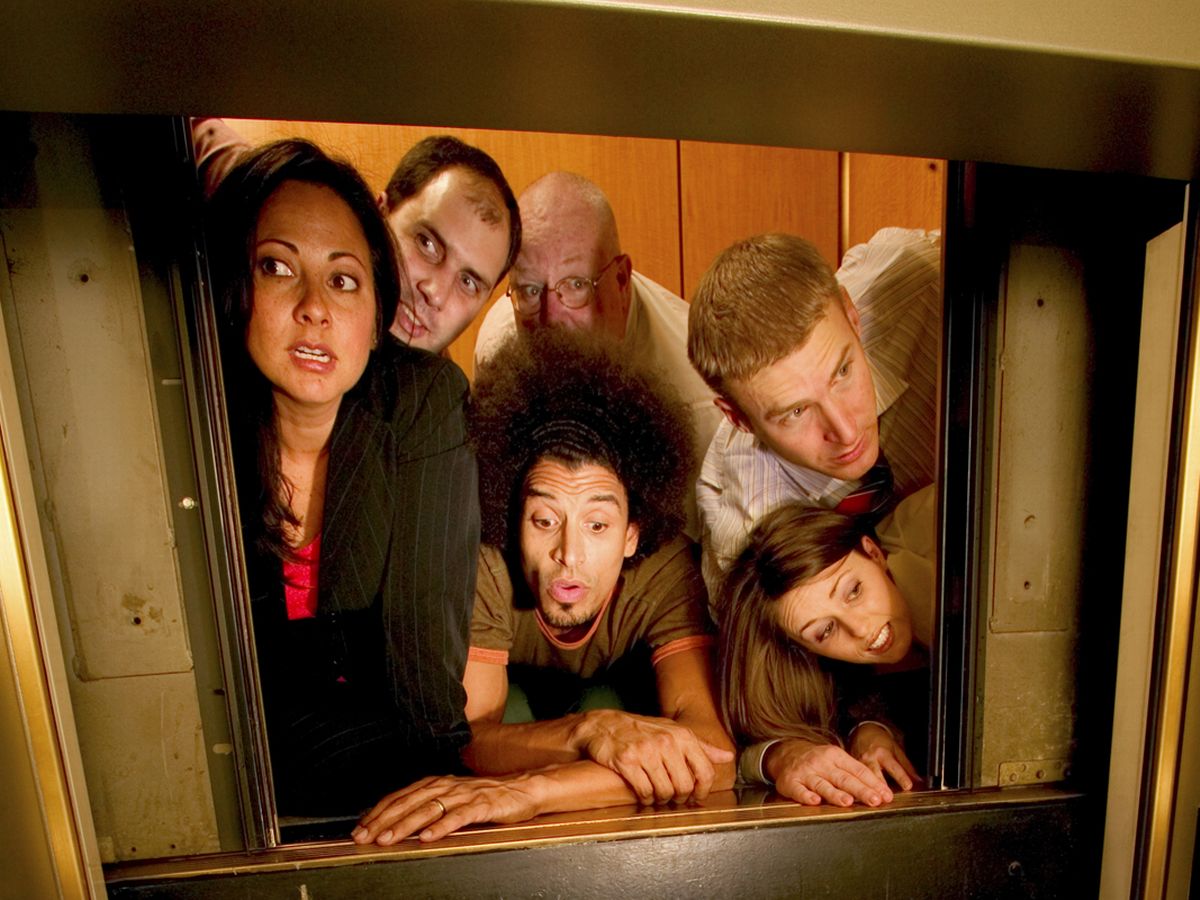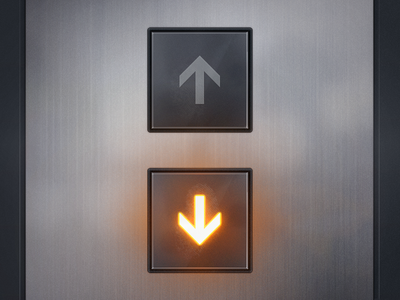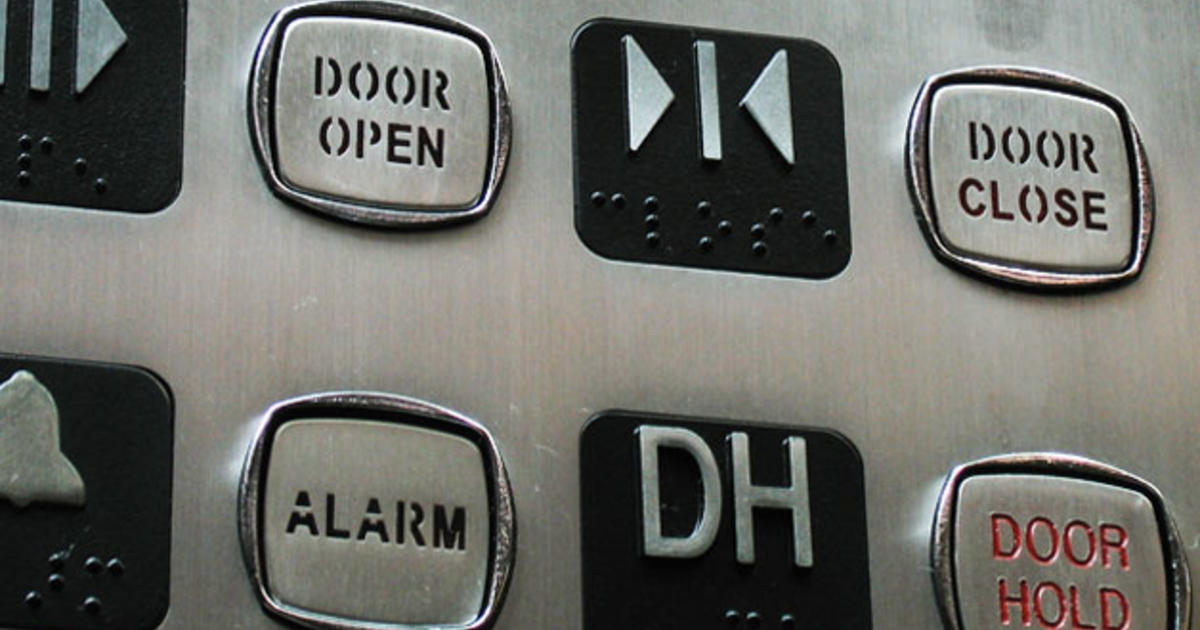Myths about lifts
Myths about lifts
We’ve seen it on our screens. In thriller movies about heroes who can open lift doors with their bare hands to rescue trapped victims. But are these facts or fiction? Think again. There are many common myths regarding lifts that are continually perpetuated by the general public. We’re here to set the record straight! In this article we debug some of the common myths about lifts
Myths about lifts

Myth: Elevators are suspended in mid-air except for a couple of ropes, that, if broken, could send the car into a free fall.
Fact: Elevators are supported by many strong steel cables, with each cable having the capability to support a fully-loaded car. There has been only one documented elevator free-fall and that occurred in the 1940s when a plane hit the Empire State Building, severing the cables on one of the elevators.

Myth: If you find yourself in an elevator that has become stuck between floors, you are in danger and should try to get out.
Fact: Never attempt to leave an elevator car, as you could get seriously hurt. Yes, escape hatches exist but they are designed only for rescue professionals to use. In fact, most hatches can only be opened from the outside. Never pry an elevator’s doors open, either. Even if you could somehow muster the strength to do so, you could put yourself in grave danger.
Instead, stay calm and wait for help. You are infinitely safer in the elevator car than outside of it when between floors. Trigger the alarm, use the emergency telephone or the emergency numbers from your phone.

Myth: Pushing the call button multiple times will get the elevator car to your floor faster.
Fact: You only need to press it once for the controller to register your request. Repeated tries are useless and only serve to appease your need for quick results.

Myth: Pushing the Close button will make the doors close faster.
Fact: Since the Americans with Disabilities Act was passed in 1990, the door close buttons have been rendered virtually useless. The ADA ensures that someone with a disability has enough time to enter the car safely. Closing doors more quickly could end up getting someone hurt. The door close button generally is only useful in “fire service” or “independent service” operation.

Myth: If you are in an elevator that gets stuck between floors, you could run out of oxygen while waiting for help.
Fact: Elevator cars are not designed to be airtight and are made with minimum requirements for vents that allow air to move freely in and out.
As we head into the holidays, we want to keep you safe. Read about some of the safety precautions you and your loves ones can take during this festive season. If you have any further questions (or myths you think should be debugged), get in touch with us today.
From all of us at Volks Elevators, we look forward to serving all your elevator needs in 2023.
Recent Posts
- Going Up? A Valentine’s Ode to Elevators
- The Client’s Frustration: Mr. Kimani’s Struggle with Elevators That Didn’t Match His Vision
- What Makes an Elevator Engineer Reliable?
- Ensuring Elevator Safety for You and Your Pets
- Evolution of Elevators in Kenya: From Manual Lifts to Sustainable Vertical Mobility

